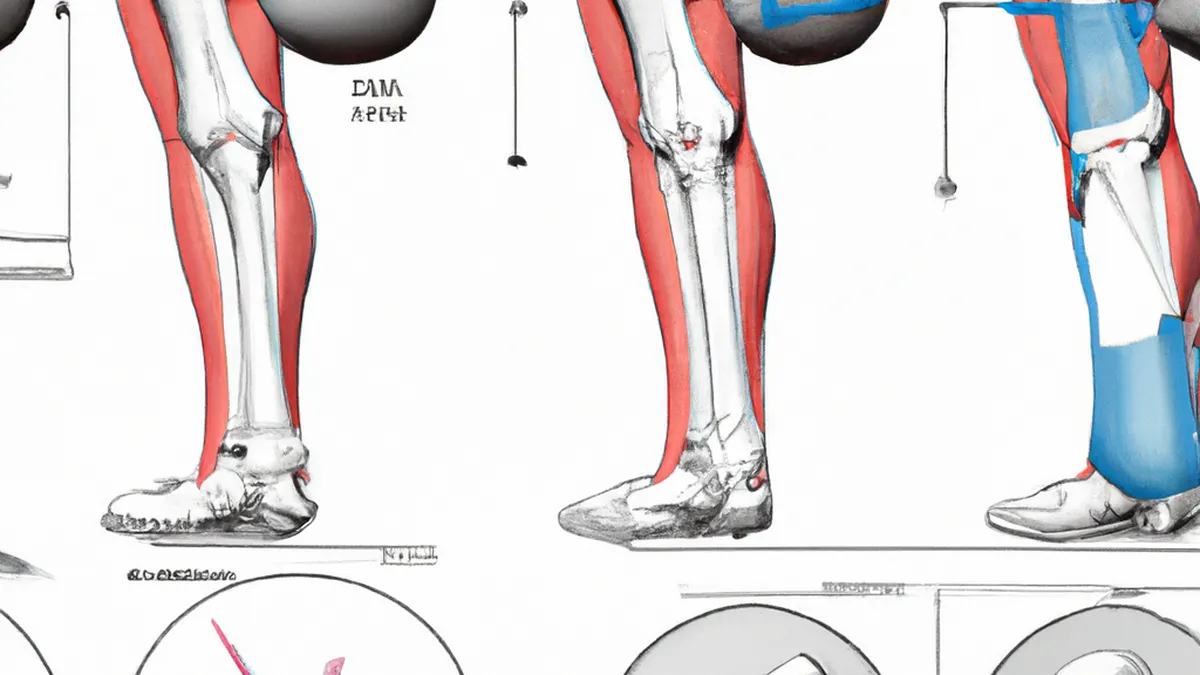Insights into Pelvic Stability Tracking Techniques
Techniques for Monitoring Pelvic Stability Progress in Athletes
Athletes need pelvic stability for performance, injury prevention, and functional movement. The pelvis transmits force between the upper and lower body. Monitoring pelvic stability helps athletes and coaches optimize training and reduce injuries. This article discusses techniques for assessing pelvic stability in athletes.
Understanding Pelvic Stability
Pelvic stability allows the pelvis to maintain position during movement. Stability supports spinal alignment and lower extremity function. When stable, athletes generate power and maintain balance. Core muscles, glutes, hip stabilizers, and pelvic floor muscles contribute to pelvic stability. These muscles work together to support the pelvis and ensure optimal movement.
The Importance of Pelvic Stability
Pelvic stability matters for athletes for several reasons:
1. **Injury Prevention:** A stable pelvis prevents injuries in the lower back, hips, and knees. Instability can cause compensatory movements that increase injury risk.
2. **Performance Enhancement:** Athletes with stable pelvises generate more power and control dynamic movements better. This stability improves performance in explosive, agile sports.
3. **Functional Movement:** Efficient movement patterns in running, jumping, and cutting depend on pelvic stability. Stable pelvises allow athletes to perform these movements effectively.
Techniques for Assessing Pelvic Stability
1. Functional Movement Screening (FMS)
Coaches and trainers use Functional Movement Screening (FMS) to evaluate athletes’ movement patterns. FMS includes seven tests assessing flexibility, strength, and stability:
– Overhead Squat
– Inline Lunge
– Hurdle Step
– Shoulder Mobility
– Active Straight Leg Raise
– Trunk Stability Push-Up
– Rotary Stability
FMS helps coaches identify weaknesses contributing to pelvic instability. For instance, the overhead squat tests how well the pelvis maintains position during a squat. Regular FMS allows athletes to track progress and adjust training programs.
2. Core Strength Testing
Core strength directly influences pelvic stability, making core strength testing essential. Various exercises assess core strength, including:
– **Planks:** This exercise targets the entire core and measures endurance.
Conclusion
Monitoring pelvic stability helps athletes enhance performance and prevent injuries. Employing techniques like FMS and core strength testing provides valuable insights into stability progress.
Below are related products based on this post:
FAQ
What is pelvic stability and why is it important for athletes?
Pelvic stability refers to the ability of the pelvis to maintain its position during movement, which supports spinal alignment and lower extremity function. It’s important for athletes because it helps prevent injuries, enhances performance, and allows for efficient functional movements such as running, jumping, and cutting.
What techniques can be used to assess pelvic stability in athletes?
Techniques for assessing pelvic stability include Functional Movement Screening (FMS) and core strength testing. FMS evaluates movement patterns through a series of tests, helping coaches identify weaknesses related to pelvic instability. Core strength testing assesses the endurance and strength of the muscles that support pelvic stability.
How does core strength influence pelvic stability?
Core strength is crucial for pelvic stability as it directly impacts how well the pelvis can maintain its position during various movements. Strong core muscles, along with glutes, hip stabilizers, and pelvic floor muscles, work together to support the pelvis, which in turn helps athletes generate power and maintain balance during physical activities.















Post Comment